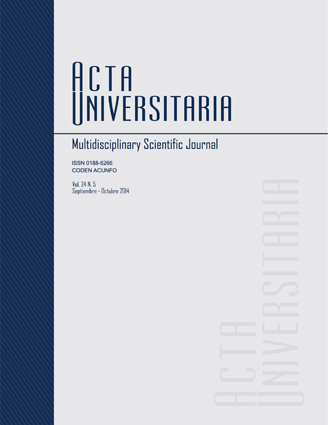Effect of aqueous extracts of leaves of creosote bush (Larreas tridentata), tarbush (Flourensia cernua) and oak (Quercus pungens) on in vitro mycelial growth of phytopathogenic fungi
Published 2014-10-24
Keywords
- Aqueous extracts,
- fungal pathogens,
- in vitro control.
- Extractos acuosos,
- hongos fitopatógenos,
- control in vitro.
How to Cite
Abstract
In the present study the inhibitory effect of aqueous leaf extracts of creosote bush (Larrea tridentata), tarbush (Flourensia cernua) and oak (Quercus pungens) was evaluated on mycelial growth under in vitro conditions of five phytopathogenic fungi (Phytophthora capsici, Botrytis sp., Alternaria solani, Aspergillus flavus and Rhizopus sp.). Aqueous extracts of dried leaves of the three species of plants at two different concentrations (10% and 20%) were performed. Extracts were added to Petri dishes to form a extract-Potato Dextrose Agar (PDA) medium. Subsequently, these medium were inoculated with different pathogens strains and the inhibition percentage of mycelium growth of each strain was determined at 24 h, 48 h, 72 h and 96 h. The two concentrations of the extracts of the three plant species showed significant differences in the inhibition percentage of mycelium growth of the various fungi tested. All extracts inhibited the growth of mycelium of P. capsici and A. flavus at 24 h, 48 h and 72 h of incubation at the two concentrations tested. Whereas at 96 h of incubation the F. cernua aqueous extract showed an inhibition percentage of mycelium growth of Botrytis sp. and Rhizopus sp. strains at the two concentrations tested.

